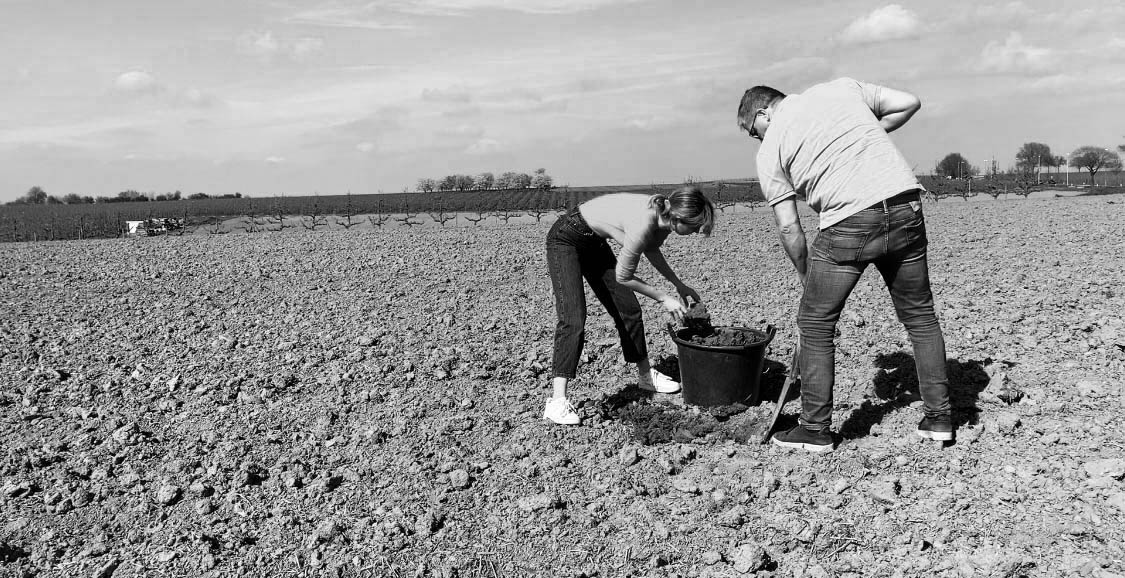WNDRWTR
WNDRWTR is an ongoing research project onto tap water and how we can better relate to it.
Answers are explored by working with materials that refer to the origin of our tap water, by creating a local identity for our tap water and by looking at ancient and alternative practices that remind us of a better relationship with the resource.
The project title ‘WNDRWTR’ stands in stark contrast to our western attitude towards tap water today. Our hidden water infrastructure gives us a feeling that tap water is an inexhaustible resource. Moreover, the current infrastructure even causes us to see tap water as a one-way utility in our food chain, as a commodity that we buy, domesticate and own.

Extract from project paper
Iron sludge, a residual stream from the tapwater purifying process, was processed into pigment and different processing methods were experimented with.



The dried iron sludge is processed into pigment by grinding, sieving and sinking.

HOW CAN WE BETTER UNDERSTAND WHERE OUR TAP WATER COMES FROM?
HOW CAN WE MAKE TAP WATER’S LOCAL IDENTITY VISIBLE?
HOW CAN WE CONNECT A PRODUCT WITH ITS PLACE OF ORIGIN?




Using the rammed earth construction technique, we can make the location of the source tangible (our soil). It reminds us of the crucial role of our soil for water extraction - such as pre-filtering water and adding essential minerals to it.
A PUBLIC DRINKWATER FOUNTAIN MADE OUT
OF THE SOIL THAT PROTECTS OUR GRONDWATER
Rammed earth’s natural charachter highlights our tap water as a natural element. This is in contrast with the idea that tap water is a material commodity that we buy, domesticate and own.
As this material - earth - varies in colour from region to region, the drinking water tap will also have a different appearance from city to city. This way, they act as a visual passport for our tap water and emphasise the hyperlocal identity of this unique resource.

working prototype made out of loam plaster
(Due to displacement requirements, it was not possible
to create a prototype with the rammed earth technique.)

An insight into the prototyping process




